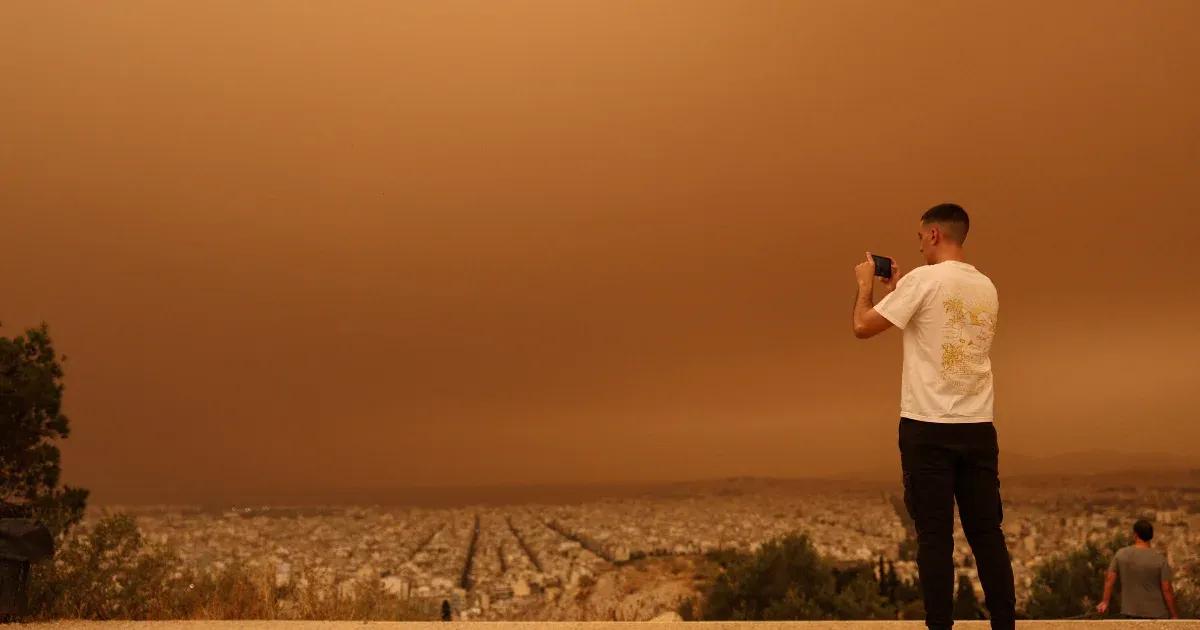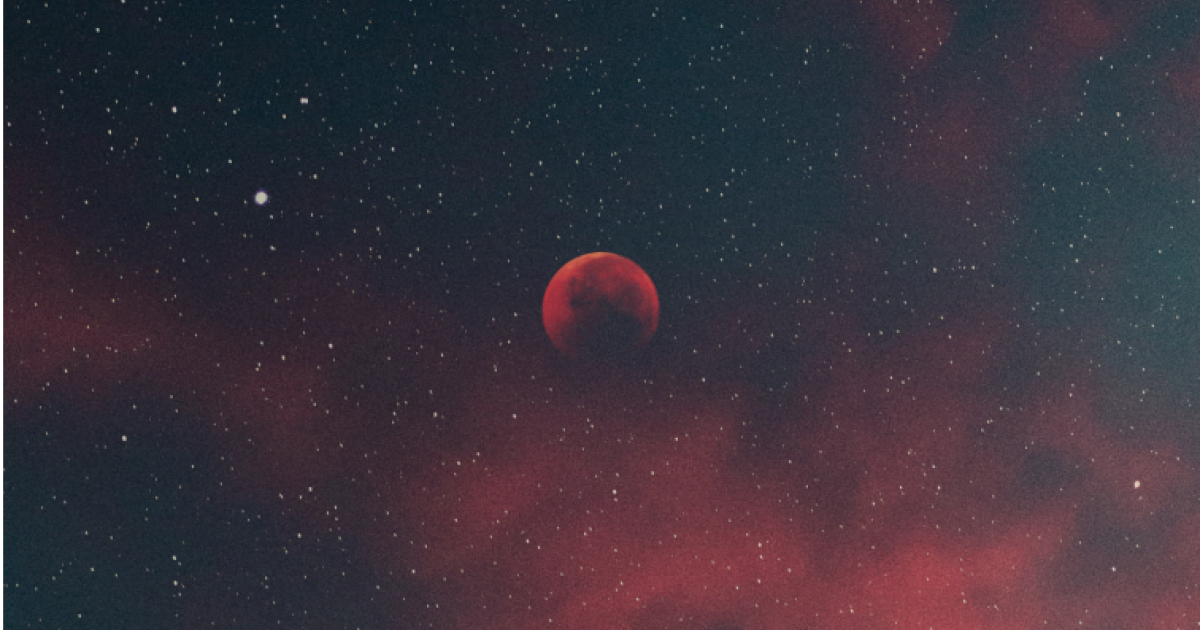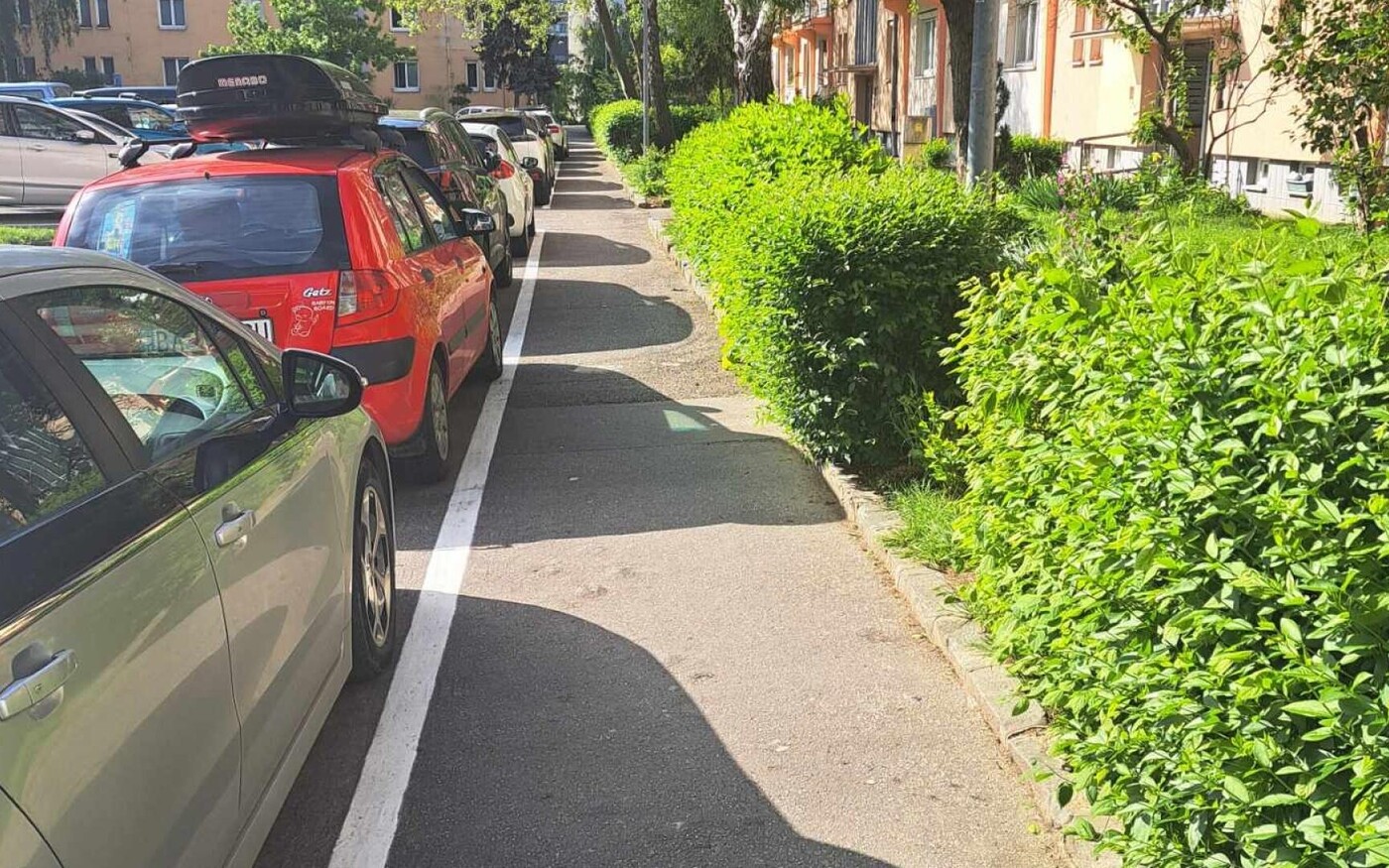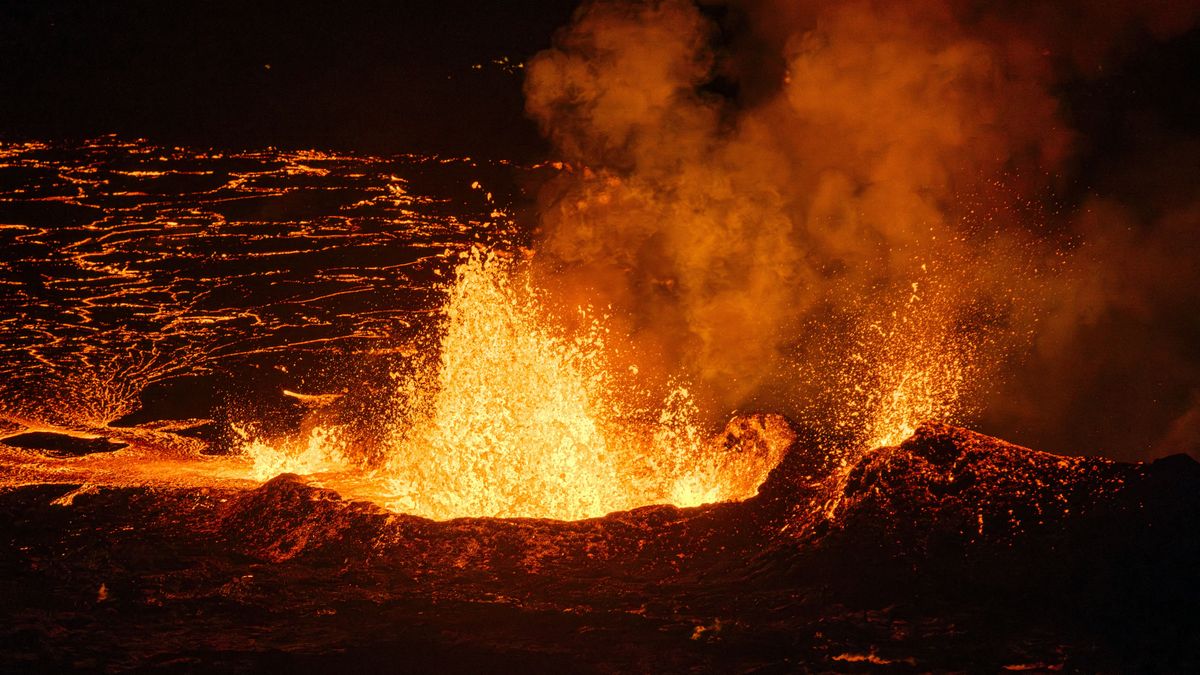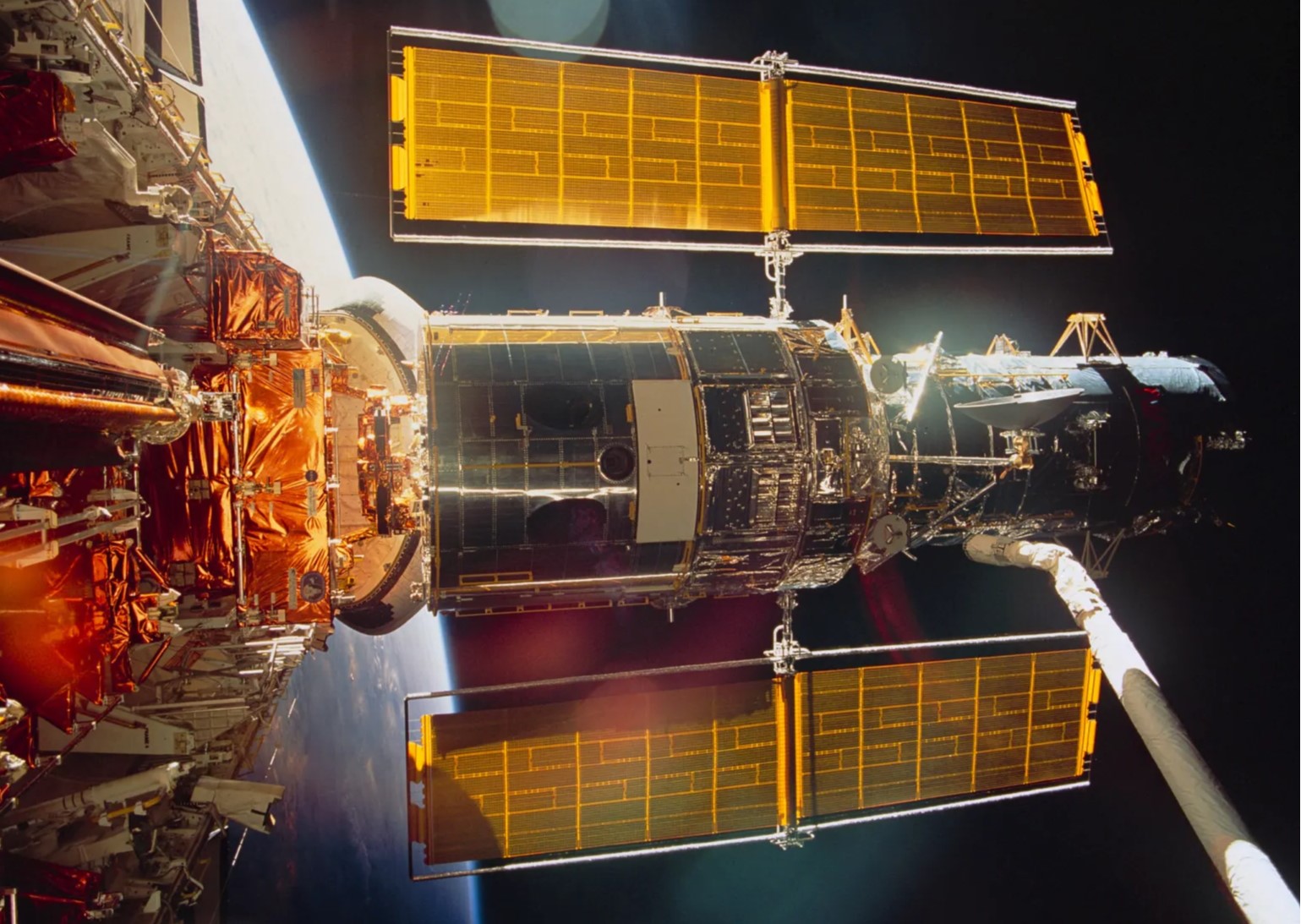Jupiter is slowly disappearing
After the second, Jupiter gets closer and closer to the horizon, while Venus moves away from it and rises higher and higher in the evening. The largest planet in our solar system is still easy to notice in the twilight sky until the middle of the month, but in the second half of the month it becomes more difficult, so it’s worth slowly saying goodbye to it. In May, however, we will see it in the morning sky, and not in very good celestial geometry.
The conjunction of Venus and Jupiter closed on March 1st and 2nd
In 2014, we saw a morning conjunction of Jupiter and Venus that was closer than now.
Source: Monica Landy Gebnar
We can contemplate the two brightest planets at the end of February, when they were still at a great distance from each other, but they were in the company of the Moon. However, in the really close neighborhood, approx. They also move half a degree, on March 1 and 2 – this distance corresponds to the diameter of the full moon. We can photograph the two celestial bodies quite well with a larger telephoto lens, and they settle down a little after 8pm, so we’ll have a good hour and a half to admire and capture them in a dark sky. However, don’t be surprised if you notice them before sunset, these two planets can be observed in a clear sky even at noon if you know where to look!
On the first day, the large planets and moons of Jupiter will be in this position.
Source: Stellarium
We can also try observing the four Galilean moons of Jupiter, perhaps on the second they will be a little better located, but the four large moons will be visible every evening.
The full moon is on the seventh
Our January full moon looked like this.
Source: Sent by you / Marton Julia Dalma
The full moon will appear on the northeastern horizon a few minutes before sunset, and the time of moonrise will be 5:22 pm at our eastern border, 5:33 pm in Budapest, and 5:43 pm in the west. Unfortunately, we cannot change the time for better observation, the moon will rise more than an hour after sunset on the evening of the eighth day, under completely different conditions. For this reason, it will not be easy for those who wish to photograph the rising moon in March, our celestial companion can only be seen really beautifully on a perfectly clear horizon, and even then it will be difficult to notice it once it appears. Perhaps it would be better to wait a quarter of an hour and take pictures not on the horizon, but at an altitude of 2-3 degrees, with a suitable terrain object.
Spring light in the middle of the month
Even if we’re not sure we’ll find a flowering tree yet, we can catch a glimpse of the looming, slanting cone of zodiacal light, from a niche with a dark sky.
Source: Monica Landy Gebnar
After the evenings of the full moon, you can photograph the light of the spring zodiac even after dusk on the 10th, until the equinox, the lighting conditions will be favorable for it. In the lower part of the western sky, the zodiacal light rising in the line of bright planets can be traced in a place of dark sky, in a dry, clear sky, all the way to Fiastyús, but it can extend even to Mars, which is a little further. This phenomenon is most beautiful 1.5-2 hours after sunset, it is important to have a western sky without light pollution to observe it.









